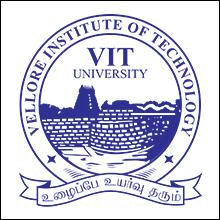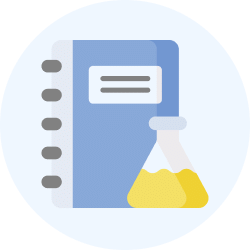Best Study Material for Class 7 Exam
Class 7 Exam > Class 7 Notes > Science Class 7 > Infographics: Nutrition in Plants
Infographics: Nutrition in Plants | Science Class 7 PDF Download
| Download, print and study this document offline |
Please wait while the PDF view is loading
Page 1 Saprotrophs play a vital role in nutrient cycling by breaking down organic matter and recycling essential nutrients back into the ecosystem. Photosynthesis is the process by which plants produce food, primarily occurring in their leaves. Raw materials required for photosynthesis include water and minerals absorbed by roots, and carbon dioxide taken in through leaf pores called stomata. Saprotrophs are organisms like fungi that obtain nutrients from dead and decaying matter through saprotrophic nutrition. Plants are unique organisms capable of producing their food using water, carbon dioxide, and minerals present in their environment.Autotrophic nutrition is when organisms create food from basic substances, hence plants are known as autotrophs. NUTRIENT RECYCLING OTHER MODES OF NUTRITION IN PLANTS PHOTOSYNTHESIS SAPROTROPHS MODES OF NUTRITION Nutrition In Plants Some plants lack chlorophyll and cannot make their own food. Cuscuta is a parasite plant that takes food from the plant it climbs on, known as the host.Read More
|
112 videos|275 docs|28 tests
|
FAQs on Infographics: Nutrition in Plants - Science Class 7
| 1. What are the main nutrients that plants need for growth? |  |
| 2. How do plants absorb nutrients from the soil? |  |
Ans.Plants absorb nutrients from the soil through their root systems. The roots take up water and dissolved minerals from the soil, which then travel through the plant via the xylem. This process is facilitated by root hairs that increase the surface area for absorption.
| 3. What is the role of photosynthesis in plant nutrition? |  |
Ans.Photosynthesis is the process by which plants convert light energy into chemical energy, producing glucose and oxygen from carbon dioxide and water. This glucose serves as the primary source of energy and carbon skeletons for growth and development, making it fundamental to plant nutrition.
| 4. Can plants get nutrients from sources other than soil? |  |
Ans.Yes, plants can obtain nutrients from sources other than the soil, including atmospheric nitrogen through a process called nitrogen fixation, and from organic matter through mycorrhizal fungi that form symbiotic relationships with plant roots, enhancing nutrient uptake.
| 5. What are the signs of nutrient deficiency in plants? |  |
Ans.Signs of nutrient deficiency in plants can vary depending on the specific nutrient lacking. Common symptoms include yellowing of leaves (chlorosis), stunted growth, leaf drop, poor fruit development, and dark spots on leaves. Identifying these signs early is crucial for effective plant care and nutrition management.
Related Searches






























